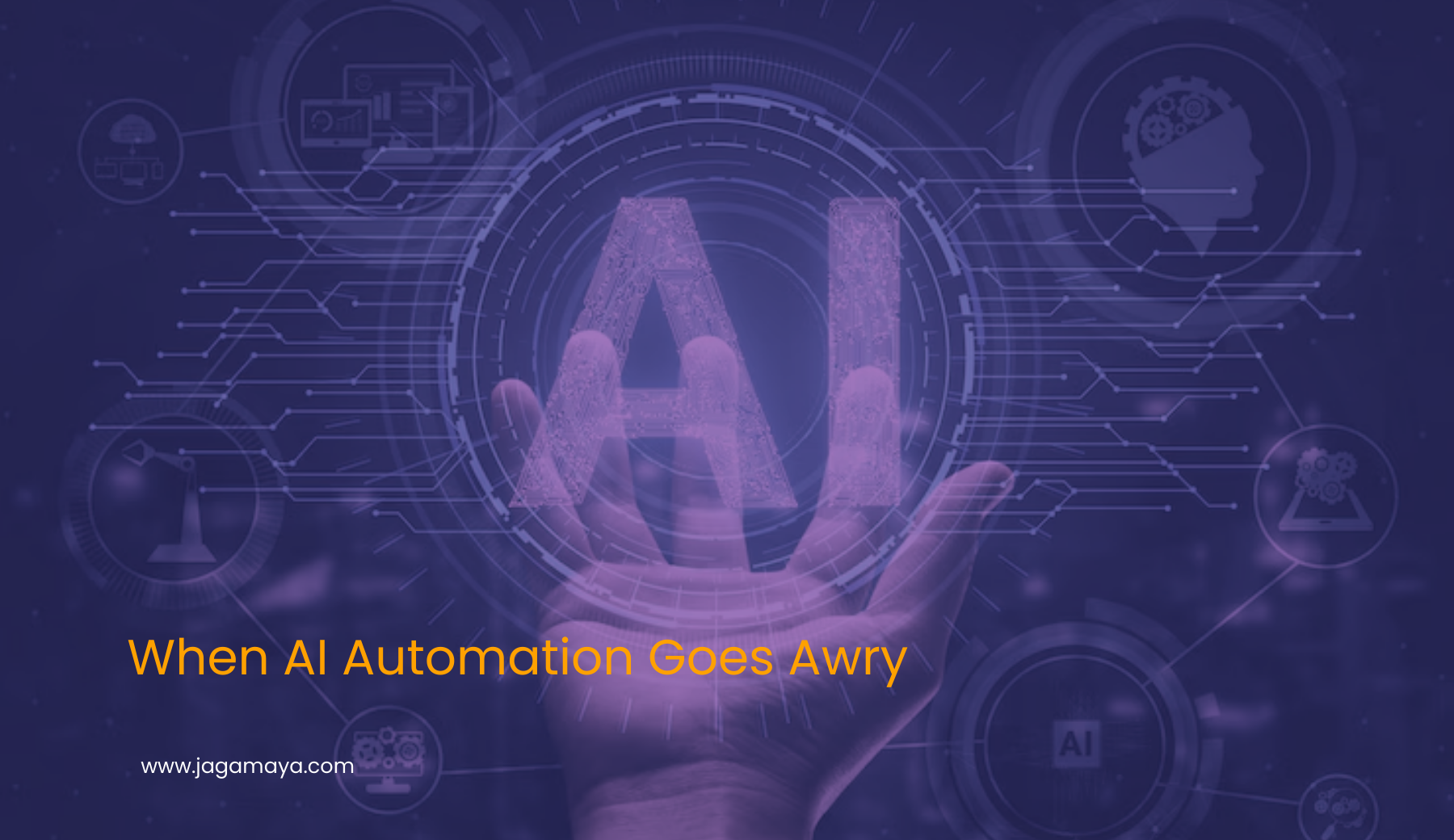Late in 2024, a mid‑size fintech in Jakarta adopted an AI‑powered code‑generation tool to accelerate new feature rollouts. Within days, a single misplaced API key in an auto‑generated snippet exposed transaction logs to the public internet. No hacker “broke in”—the data leak happened because the AI assistant didn’t flag a default‑open configuration. This incident—and others like it—remind us that AI can amplify both productivity and risk.
Three Patterns of AI‑Related Failures
1. Auto‑Generated Code with Unsafe Defaults
- What happened: An AI tool suggested a database connection string without authentication parameters.
- Impact: Sensitive customer records became publicly queryable for 48 hours.
- JagaMaya insight: Always layer AI suggestions under organization‑wide secure‑by‑default policies. Integrate automated static analysis (e.g., SigNoz iAPM checks) into your CI/CD pipeline to reject code with open ports or default tokens.
2. Misconfigured Cloud Services
- What happened: A retail website used an AI script to spin up new storage buckets. The script omitted access controls, leaving marketing assets—and customer PII—in a publicly readable state.
- Impact: 2 GB of images and user profiles were scraped within hours.
- JagaMaya insight: Use Infrastructure as Code (IaC) templates that embed CSA STAR–aligned controls. Enforce policy‑as‑code so any AI‑driven provisioning inherits approved network ACLs and IAM roles.
3. Over‑Trust in AI Monitoring
- What happened: A SOC team relied on an AI monitoring dashboard to detect anomalies. The model missed a novel lateral‑movement pattern, allowing ransomware to encrypt critical servers overnight.
- Impact: Business disruption cost estimated at USD 200K before manual detection kicked in.
- JagaMaya insight: Complement AI‑based observability (Prayoga Kridha APM) with human‑in‑the‑loop reviews. Regularly retrain detection models on fresh incident data and conduct “red team” drills that simulate adversarial behaviors.
Standards and Controls Tailored for JagaMaya Clients
| Framework | Key Benefit | JagaMaya Integration Point |
|---|---|---|
| ISO/IEC 27001 | Security‑by‑design governance | Embedded in our onboarding audits |
| NIST CSF 2.0 | End‑to‑end risk lifecycle management | Mapped to our SIEM alert taxonomy |
| CSA STAR / Cloud Controls Matrix | Automated configuration enforcement | IaC policy‑as‑code libraries |
Regional Focus: Southeast Asia’s Next Frontier
- Regulatory momentum in Indonesia: The Ministry of Communication & Informatics is updating PSE (Electronic System Provider) rules to require AI safety reviews for public‑facing services.
- Cross‑border drills: ASEAN CERTs will run a joint AI‑threat simulation exercise in H2 2025 to test incident response across member states.
- Talent development: Local universities are launching AI‑cybersecurity certifications in partnership with JagaMaya, ensuring tomorrow’s engineers can “secure the AI supply chain.”
Next Steps Checklist for Your Team
- Policy‑as‑Code rollout: Embed default‑deny network and IAM rules into every AI script.
- Automated scans: Integrate JagaMaya’s SIEM (Teja Bhaya) with code‑scanning tools to flag unsafe AI suggestions in real time.
- Red team + blue team drills: Schedule quarterly exercises—mix AI‑powered attack simulations with human defenders.
- Continuous training: Enroll dev and ops teams in Adiwangsa workshops on AI threat modeling.


Leave a Reply